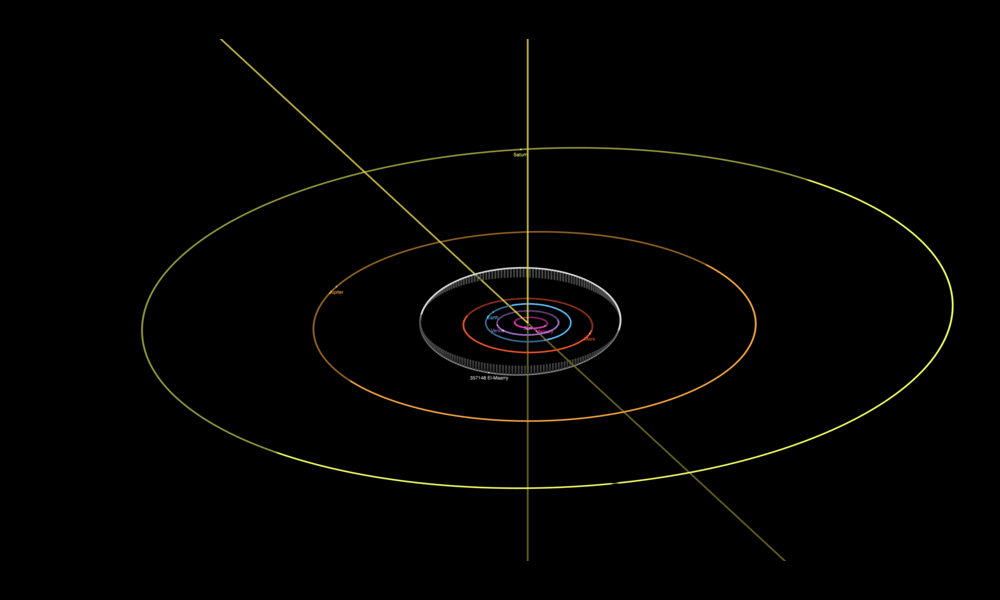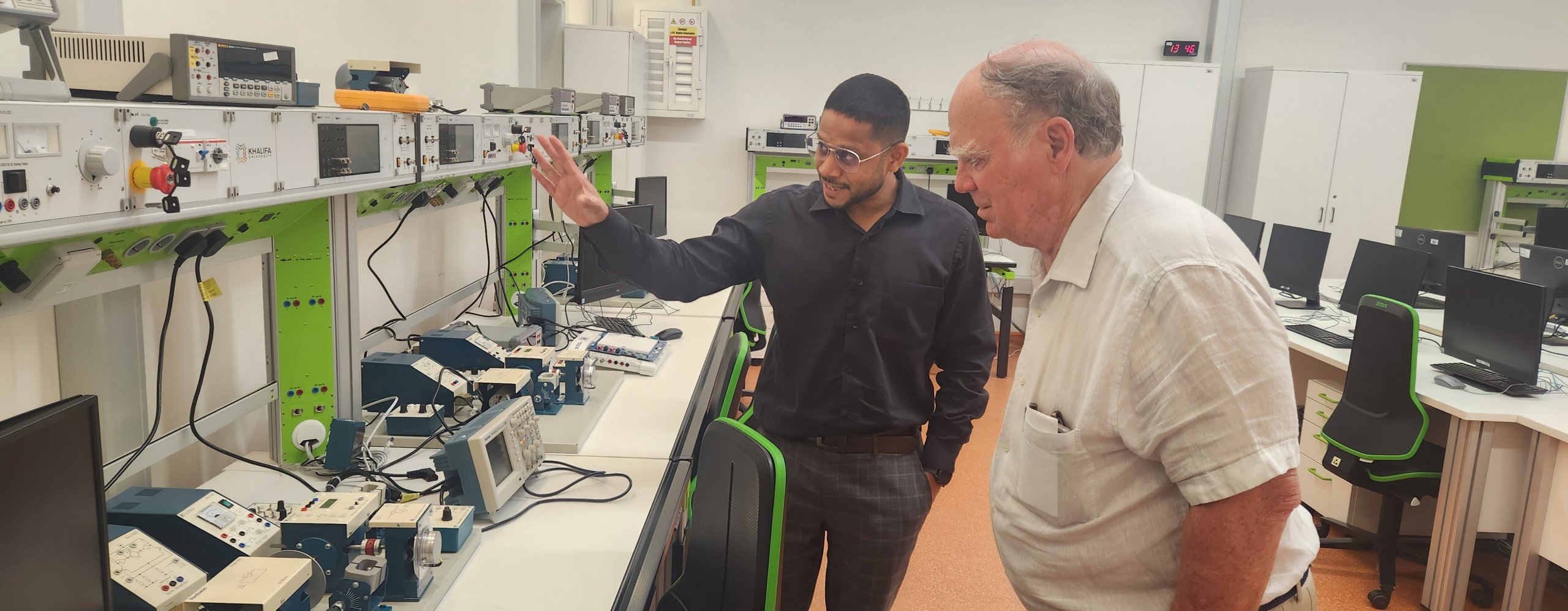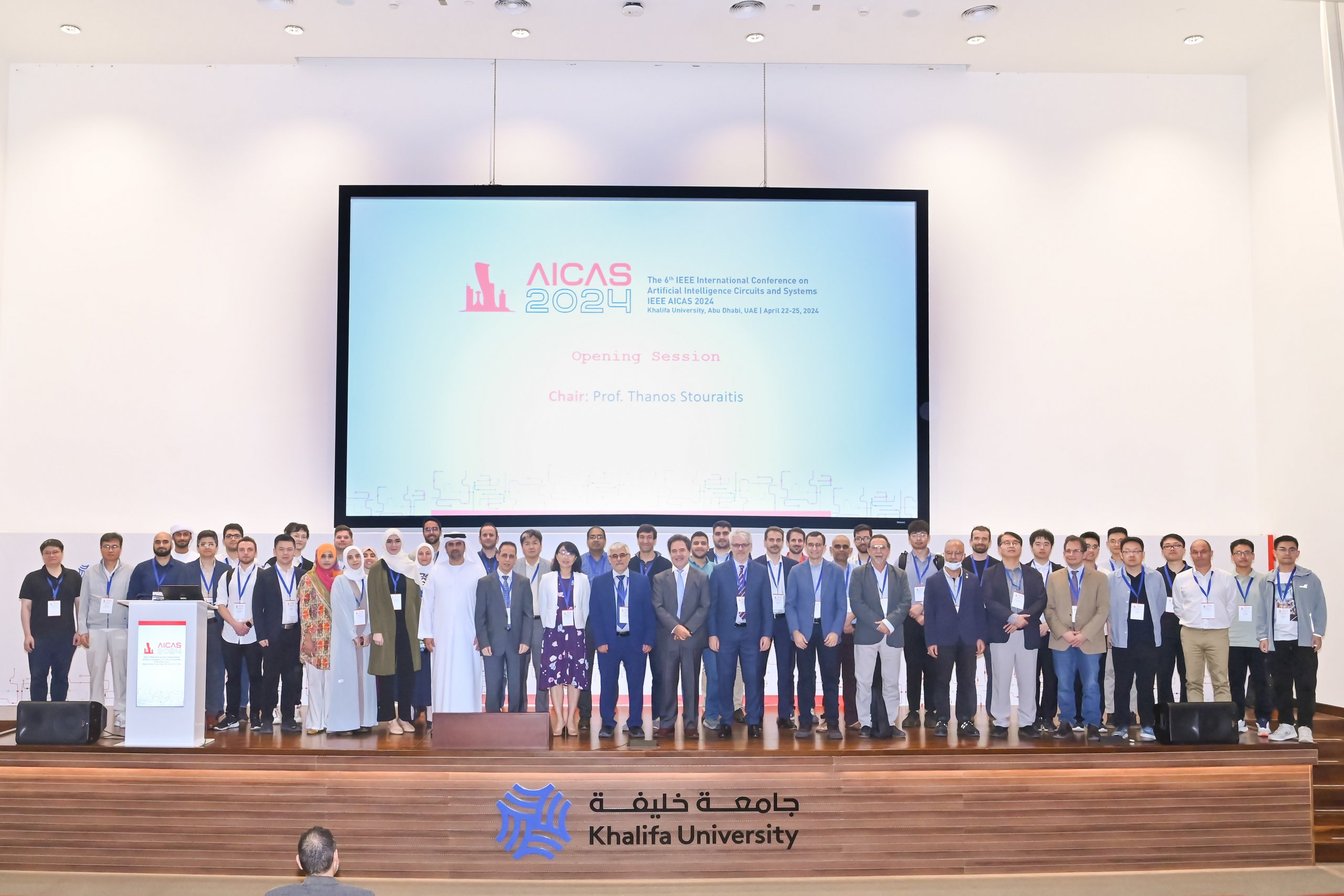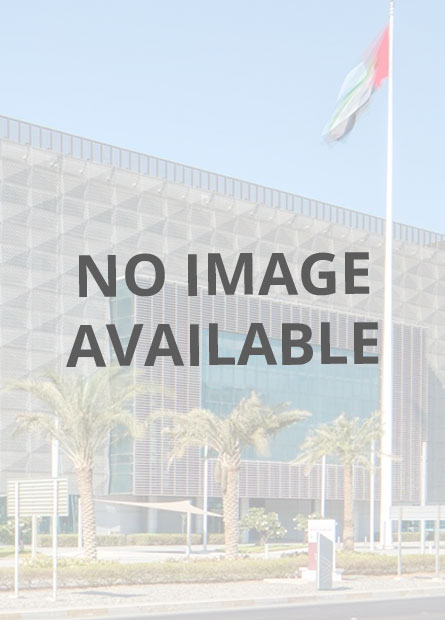
Naming of Asteroid (357148) El-Maarry Recognizes Dr. Mohamed Ramy El-Maarry’s Profound Impact on Planetary Science and His Commitment to Pushing the Boundaries of Science
Khalifa University of Science and Technology today announced that the International Astronomical Union (IAU) has named an asteroid after its faculty Dr. Mohamed Ramy El-Maarry, Associate Professor of Planetary Science in the Earth Sciences department, and Director of the Space and Planetary Science Center. The asteroid that once bore the designation of 2002 CZ has now been named (357148) El-Maarry – marking a historic moment for Khalifa University and for the UAE space sector.
The asteroid, named in recognition of El-Maarry’s significant contributions to the study of comets, and planetary science in general, was originally discovered on 2 February 2002, through the efforts of a joint venture between the Department of Astronomy and Astronomical Observatory of Padova and the German Aerospace Center DLR Berlin. The survey led to the discovery and naming of several asteroids, including the asteroid now known as (357148) El-Maarry.
Dr. Arif Sultan Al Hammadi, Executive Vice-President, Khalifa University, said: “The naming of the asteroid by the International Astronomical Union after our faculty marks a significant milestone for Khalifa University and the UAE. Congratulations to Dr. El-Maarry. The recognition also emphasizes the globally-relevant research that our world-class faculty takes up at Space and Planetary Science Center in scientific exploration. We believe such honors recognize the impactful role played by scientists and researchers in the UAE’s space and astronomy sector while inspiring the future generation of innovators in science and technology.”
At the Khalifa University Space and Planetary Science Center, Dr. El-Maarry’s research covers planetary surfaces and the physical processes that affect them using a multi-disciplinary approach that involves data analysis of remote sensing data, modeling, lab work and comparative planetology mainly through fieldwork.
Dr El-Maarry has been involved with numerous international and national space missions in the past 16 years, including the European Rosetta mission to comet 67P/Churyumov-Gerasimenko, NASA’s New Horizons mission that explores Kuiper Belt Objects at the edge of our solar system, and the Emirates Lunar Mission, in addition to being on the science team for numerous other active and future missions including HiRISE and CaSSIS imagers onboard NASA’s MRO and ESA’s TGO missions, respectively, and the upcoming ESA ExoMars Rover, Comet Interceptor, the planetary defense mission Hera, and the Emirates Mission to the Asteroid Belt.
On receiving the award, Dr. El-Maarry said: “I feel humbled and privileged to get such an honor. Having an asteroid named after you is sort of a life-time achievement award that signifies your contribution to planetary science, and I hope this award can be an inspiration to the next generation of Arab scientists. Our Earth Sciences department offers the only bachelor’s degree in Earth and Planetary Science in the region. Our ambition is to prepare the next generation of Emiratis to take part in the upcoming UAE space missions, especially the UAE Mission to the Asteroid Belt, which is due to launch in 2028.”
The asteroid can be viewed in the NASA Small Bodies Database. According to the information available, it is located in the inner Asteroid Belt, more than 300 million km away from the Sun. It orbits the Sun once every approximately three-and-a-half years, and should get closest to the Sun on 11 August, 2024.






